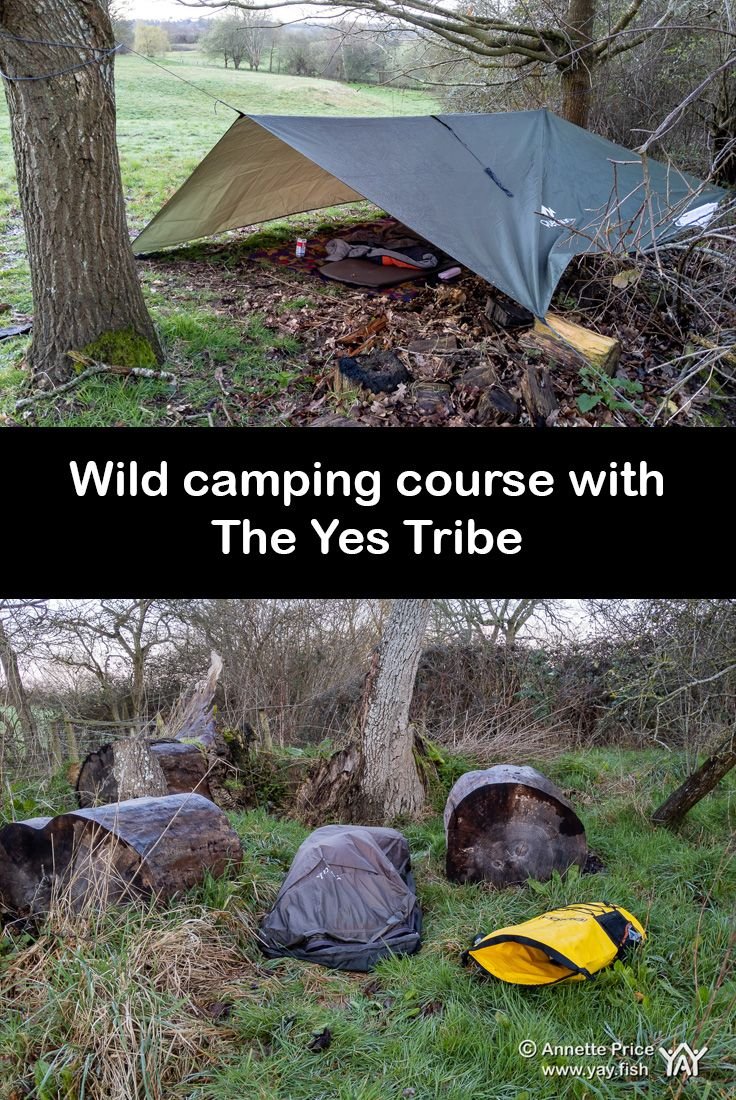
The Ultimate Guide to Wild Camping: Do’s & Don’ts
Wild camping offers the perfect escape from the modern world, allowing you to connect with nature intimately. However, an unplanned or careless approach can lead to a stressful, unsafe, or disruptive experience. This guide outlines the essential do’s and don’ts for a successful wild camping adventure while ensuring you stay respectful of both nature and local regulations.
What is Wild Camping?
Wild camping means camping in a location outside of designated camping grounds—often in remote or natural areas. Its appeal lies in its adventurous nature, offering tranquility and immersion in the wilderness. However, it also requires foresight and responsibility, as wild camping usually lacks amenities, making preparation and conduct key.
Do’s of Wild Camping
1. Research Your Location
Before setting out, conduct extensive research on your chosen campsite:
- Understand local regulations about camping, as rules can vary. Some countries permit wild camping freely, while others may restrict it to specific areas.
- Look into weather forecasts for your chosen location to pack and plan accordingly.
- Familiarize yourself with the terrain and potential risks, such as wildlife, flooding zones, or unstable ground.
2. Leave-No-Trace Principles
Always practice Leave-No-Trace ethics:
- Pack out all garbage, including food scraps.
- Avoid disturbing flora and fauna.
- Use biodegradable soap and dispose of wastewater at least 200 feet from water sources to prevent contamination.
3. Choose a Safe, Legal Spot
Pick a campsite that provides these essentials:
- Flat and dry terrain for pitching your tent.
- Protection from strong winds, such as a natural windbreak.
- At least 200 feet away from water sources for both safety and environmental protection.
Adhering to private property boundaries or obtaining permission when necessary is critical to avoid trespassing.
4. Pack Essentials
Bring the right gear for a successful outing:
- A sturdy tent suited to the conditions.
- A warm sleeping bag, ideally rated for the season.
- A lightweight cooking kit and enough food and water for your stay, plus extra in case of emergencies.
- Survival items like a first aid kit, map, compass, and power bank.
5. Plan for Safety
Safety should never be overlooked:
- Share your itinerary with friends or family.
- Carry navigation tools and know how to use them.
- Be self-sufficient—don’t rely on cell service in remote areas.
- Be bear-aware if camping in wildlife-rich areas, storing food securely in odor-proof bags or containers.
6. Be Mindful of Noise
Respect the peace of the wilderness:
- Keep noise levels low to maintain the serene environment and avoid disturbing wildlife or other campers.
Don’ts of Wild Camping
1. Don’t Break the Law
Setting up camp in prohibited areas not only risks fines but also disrupts ecosystems. Check ahead for legal spots, and don’t assume you can camp anywhere that looks remote.
2. Don’t Be Overconfident
Avoid stretching beyond your limits:
- Don’t overpack to the point where your bag becomes unmanageable. Stick to lightweight but essential items.
- Avoid attempting challenging terrains or conditions beyond your skill level.
3. Don’t Light Fires Carelessly
Campfires are delightful but risky:
- Stick to designated fire pits or avoid fires altogether in areas prone to wildfires.
- Always ensure fires are completely extinguished—use water, stir ashes, and check for remaining heat.
4. Don’t Disrespect Wildlife
Human-wildlife conflicts are avoidable:
- Resist feeding animals, as it disrupts their diet and encourages dependence on humans.
- Do not leave food unattended or scatter leftovers; this can attract animals to your site and pose safety threats.
5. Don’t Ignore Weather Warnings
Severe weather can turn a peaceful trip into a dangerous one:
- Don’t camp in exposed areas if high winds or thunderstorms are forecast.
- Avoid canyon bottoms, as flash floods can strike without warning.
6. Don’t Stay Too Long or Overcrowd
Wild camping sites are best enjoyed briefly:
- Avoid prolonged stays, which can cause lasting impact on the area.
- If a spot seems overcrowded, move elsewhere to preserve the pristine environment.
Wild Camping Trends and Developments
The growing popularity of wild camping has seen a surge in eco-friendly camping gear, including solar-powered lanterns, compact cooking systems, and biodegradable hygiene products. Additionally, apps and online platforms now assist campers in finding suitable locations, understanding regulations, and improving safety.
Government and conservation groups are also expanding efforts to promote sustainable camping practices to minimize human impact on fragile ecosystems.
Final Thoughts
Wild camping can be incredibly rewarding, provided it is approached responsibly. By adhering to these do’s and don’ts, you’ll not only ensure your safety and enjoyment but also help preserve the beauty of our wilderness for others to experience. Whether you’re a seasoned camper or a first-timer, prioritizing preparation, respect, and mindfulness will make your adventure unforgettable.
Happy wild camping!
